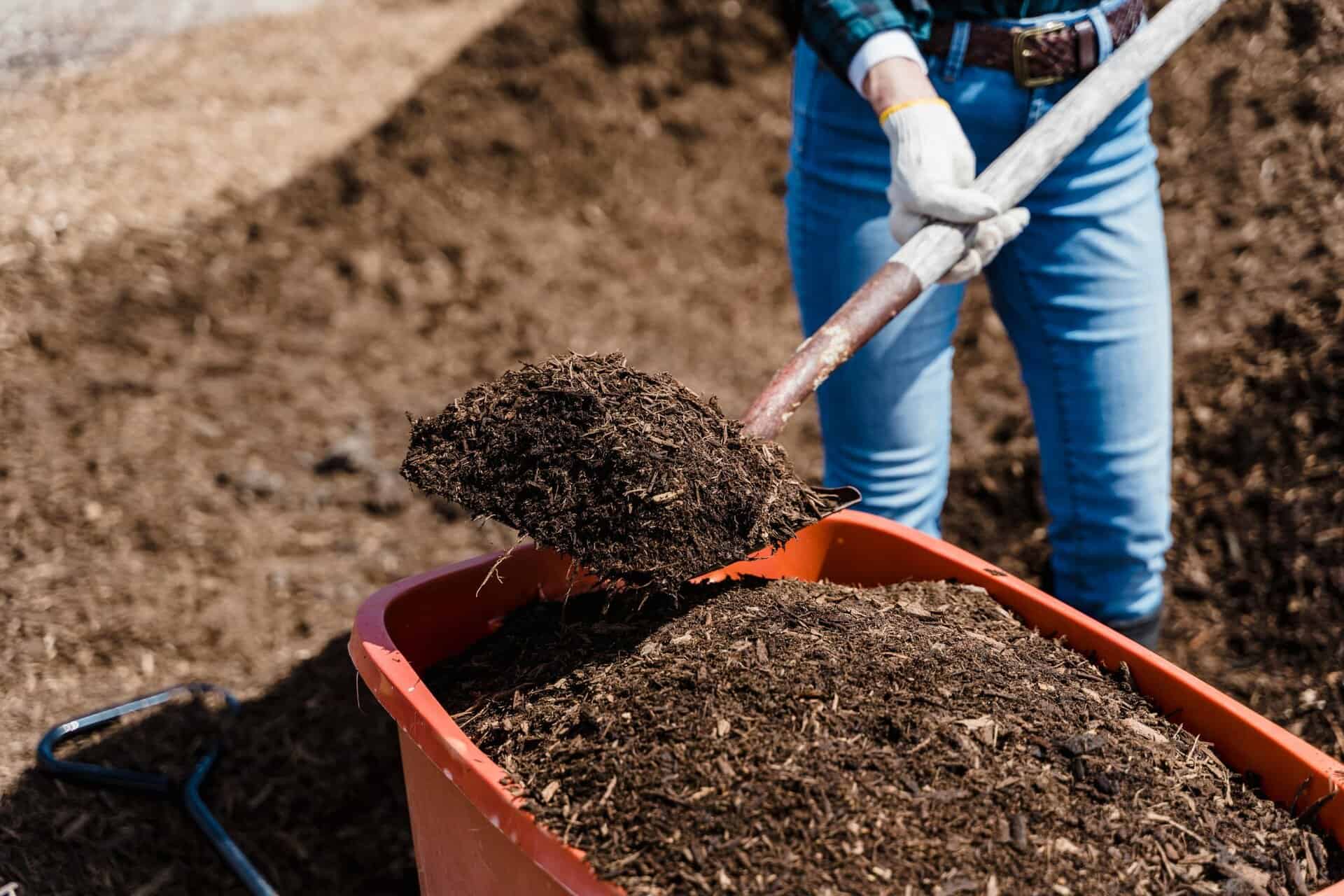Fall Garden Prep: 5 Ways to Successfully Set Yourself Up for a Blooming Spring
Fall garden prep isn’t just about tidying up—it’s a strategic investment in the next season’s success. For experienced gardeners, autumn offers a window to shape soil health, manage overwintering, and lay the groundwork for a blooming spring. With the right techniques, fall becomes a season of quiet transformation, where thoughtful choices yield vibrant results months later.
Cultivating Tomorrow: Why Fall Garden Prep Matters
Whether working with raised beds, perennial borders, or native plantings, these five advanced methods will elevate fall garden prep into a purposeful ritual of renewal.
1. Soil Rebalancing for Spring Vitality
Healthy soil is the cornerstone of a blooming spring. After summer’s nutrient drain, fall is the perfect time to test and amend soil.
- Conduct a comprehensive soil test to assess pH, nitrogen, phosphorus, and potassium levels.
- Apply slow-release organic amendments like rock phosphate or greensand based on test results.
- Layer in compost and leaf mold to boost microbial activity and improve structure.
Fall garden prep that prioritizes soil health sets the stage for vigorous root development and resilient spring growth.
2. Strategic Cover Cropping
Cover crops aren’t just for farms—they’re a powerful tool in the advanced gardener’s arsenal.
- Sow winter rye, crimson clover, or hairy vetch to suppress weeds and fix nitrogen.
- Choose species based on regional climate and spring planting goals.
- Mow and incorporate cover crops in early spring to enrich the soil.
This fall garden prep technique enhances fertility while protecting bare soil from erosion and compaction.
3. Perennial Division and Root Care
Autumn is ideal for dividing and transplanting perennials, especially those that bloom in early spring.
- Lift and divide crowded clumps of iris, daylilies, and hostas.
- Trim damaged roots and replant with ample spacing.
- Water deeply and mulch to insulate against winter stress.
By refreshing root systems now, fall garden prep ensures healthier, more abundant blooms come spring.
4. Layered Mulching and Microclimate Management

Mulch isn’t just a blanket—it’s a tool for regulating soil temperature and moisture.
- Apply a layered mulch system: coarse wood chips below, shredded leaves above.
- Use straw or pine needles around tender perennials to buffer freeze-thaw cycles.
- Avoid piling mulch against stems to prevent rot.
Thoughtful mulching during fall garden prep creates stable microclimates that support overwintering and early emergence.
5. Mapping and Logging for Seasonal Continuity
Advanced gardeners know that documentation is as vital as digging.
- Create a fall garden prep map noting plant locations, soil amendments, and overwintering strategies.
- Use tags or markers that withstand winter weather.
- Keep a seasonal log to track bloom times, pest issues, and soil changes.
This practice builds a living archive that informs future decisions and deepens the connection between fall actions and spring outcomes.
Final Thought: Planting Intention, Reaping Renewal
Fall garden prep is more than maintenance—it’s a quiet act of faith in the seasons to come. By investing in soil, structure, and strategy now, gardeners cultivate not just plants, but possibility. A blooming spring begins with the choices made today, in the cooling light of autumn.
This article is intended for informational purposes only and does not constitute professional horticultural advice. Always consult local extension services for region-specific guidance.







